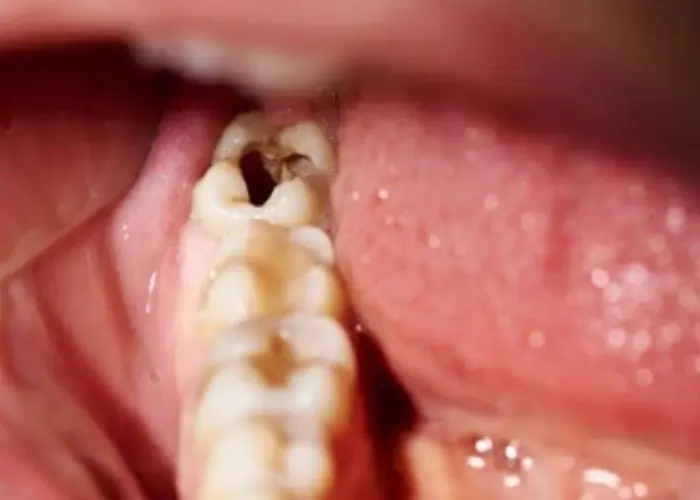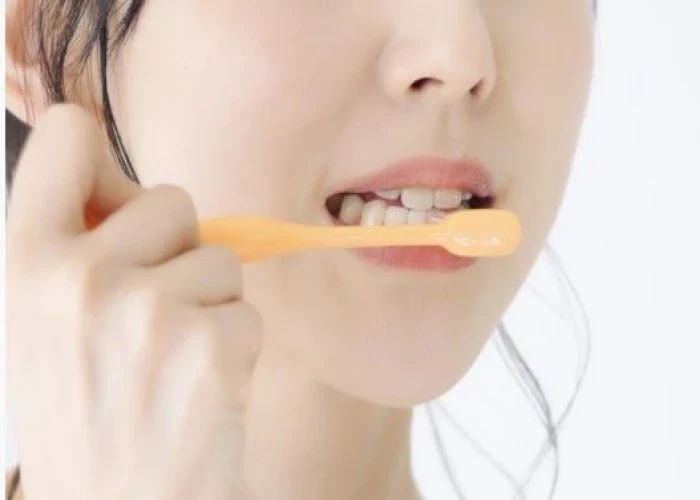 Welcome
Welcome
“May all be happy, may all be healed, may all be at peace and may no one ever suffer."
Tooth - Diseases
A tooth is a hard, calcified structure found in the mouth of vertebrates. Teeth are used for biting, chewing, and grinding food, and are an important part of the digestive system.
In humans, there are two main types of teeth: primary (or baby) teeth and permanent teeth. Primary teeth begin to appear around 6 months of age and are gradually replaced by permanent teeth between the ages of 6 and 12. There are four different types of teeth in humans: incisors, canines, premolars, and molars. Each type of tooth is specialized for a specific function in the chewing process.
Teeth are made up of several layers, including enamel, dentin, and pulp. Enamel is the hard outer layer of the tooth and is the strongest substance in the human body. Dentin is a softer layer underneath the enamel that provides support for the enamel. The pulp is the innermost layer of the tooth and contains nerves and blood vessels that supply the tooth with nutrients.
Good oral hygiene is important for maintaining healthy teeth and preventing tooth decay and gum disease. This includes regular brushing and flossing, as well as regular visits to the dentist for cleanings and checkups.

Pineal gland

Tooth

Cervix

Sigmoid colon intestine

Diaphragm

Wrist

Lungs

Hand
Tooth, Teeth, দাঁত
To be happy, beautiful, healthy, wealthy, hale and long-lived stay with DM3S.






